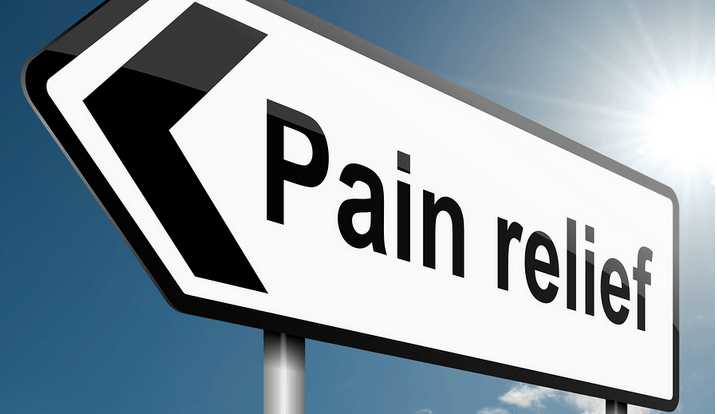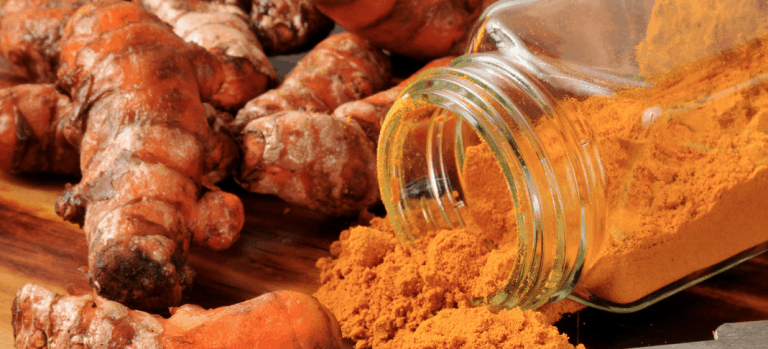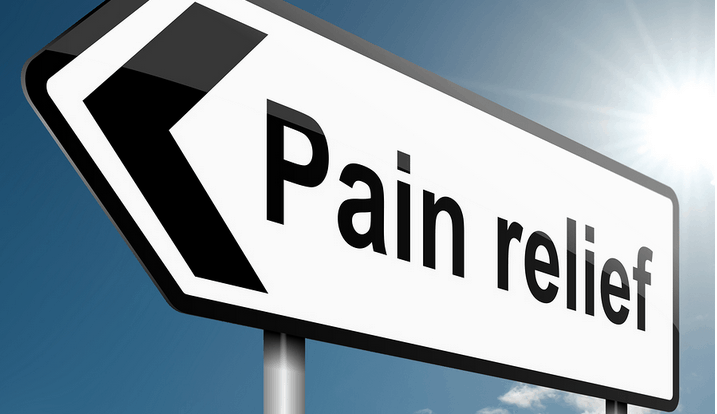Pelvic floor rehabilitation offers an alternative treatment for chronic prostatitis/chronic pelvic pain syndrome (CP/CPPS). A physical therapist can work with men who are experiencing pain in their pelvic region, penis, or testicles. Pelvic floor rehabilitation for prostatitis is also useful for men who have as urinary symptoms associated with their prostatitis, such as urinary urgency or frequency, as well as urinary or fecal incontinence.
A man’s pelvic floor muscles are shaped kind of like a hammock that attaches to the front, sides, and back of the pelvic bone and sacrum. These muscles support the bladder, prostate, and rectum. Sometimes due to surgery, trauma, or disuse, the muscles can become weak, tight, or subject to spasms. A physical therapist can determine what is causing pain, weakness, or tightness in the muscles and work with the patient to develop a individual plan for care.
About 50% of the men who have CP/CPPS have some kind of pelvic muscle dysfunction or weakness. Doing pelvic floor rehabilitation for prostatitis is one treatment that can address the cause of the problems and help relieve symptoms.
What Does Pelvic Floor Rehabilitation for Prostatitis Involve?
Pelvic floor rehabilitation may involve a number of different therapies when treating prostatitis. Before getting started a therapist should perform flexibility and strength assessment as well as an internal and external muscle assessment. The findings of those assessments can tell the therapist about the patient’s pelvic floor muscle dysfunction and recommend therapies that will help those problems. Treatment may vary from person to person, but therapies may include:
- biofeedback,
- myofascial release,
- trigger point release therapy,
- postural exercises,
- diaphragmatic breathing,
- massage,
- manual therapy,
- relaxation exercises,
- stress management techniques,
- cognitive behavioral therapy,
- electrical stimulation,
- ultrasound, or
- cold laser.
Some therapies may target muscle tension or strengthening while others help with pain, inflammation, and blood flow. Patients are often assigned home exercises too.
A therapist may perform manual therapy or massage either internally or externally to stabilize the pelvis. Patients usually schedule sessions one to three times per week, and should start to see some improvement after six to eight weeks. If the physical therapist needs to perform an internal massage, he or she will insert a gloved and lubricated finger into the rectum to massage the muscles and connective tissue. The therapist may apply pressure to trigger points (painful and tight areas of stressed or injured muscles) to relax them. There are also tools available to assist with this, and patients can earn to use them at home.
A man’s psychological health (including stress and anxiety) can play a role in causing pelvic floor problems or in exacerbating symptoms. That is why treating the mind and behavior can be important as well. Some therapists and programs include cognitive behavioral therapy, which helps patients focus on more positive thinking, and visualization to help patients learn to sense their pelvic floor muscles and learn to relax them. Learning how to manage stress and anxiety are always beneficial for both improving pelvic tension and all-over better health.
Related Therapies for Prostatitis
Because pelvic tension and dysfunction is such a large contributor to CP/CPPS, there are a number of other treatments and programs that are similar to pelvic floor rehabilitation. Intrapelvic physiotherapy also involves relaxing and strengthening pelvic floor muscles.
Holistic treatment programs like the Renew XY Health Program for Men and the “NPAT” Treatment Program for prostatitis recognize that pain and chronic pelvic discomfort or tension are grounded in factors such as lifestyle, diet, nutrition, and other health issues that lie outside the prostate (such as psychological problems).
Pelvic rehabilitation is one of several alternative treatments that are recommended in the “NPAT” Treatment Program, which was developed by a naturopathic urologist to help manage CP/CPPS. The letters of NPAT stands for Natural treatments (such as ALCAT, elimination diets, and wheat-free diets); Phytotherapy (such as pollen and quercetin together with probiotics); Alternative treatments (such as acupuncture, prostate massage, pelvic rehabilitation and therapy); and Total body (such as exercise, chronic stress management, lifestyle).
You will find that treating prostatitis through natural and alternative methods usually involves trying many different kinds of treatment. There is no one “quick fix.” Most patients have to try several different treatments for an ongoing time in addition to pelvic floor rehabilitation. These kinds of treatment do take some time and patience, as pelvic floor muscle dysfunction will not just go away overnight. As you regain your pelvic strength, awareness, and control, you should start to see improvements in pain and any urinary or fecal incontinence symptoms.







